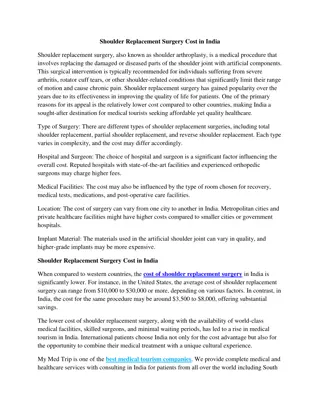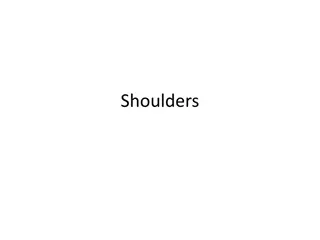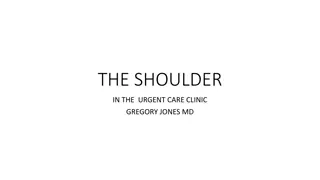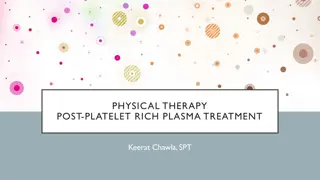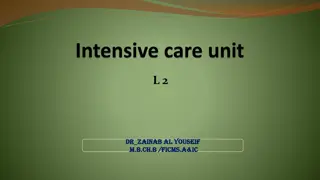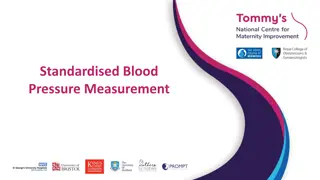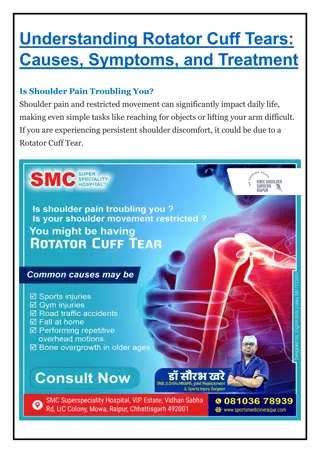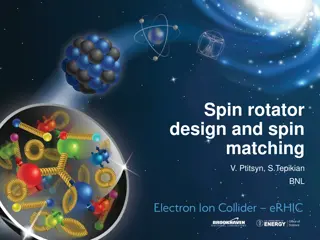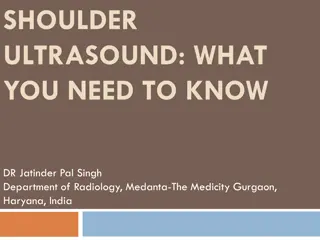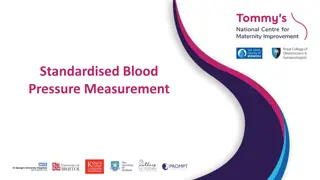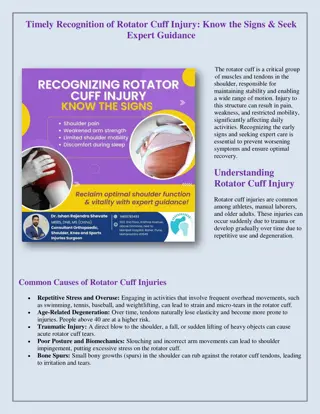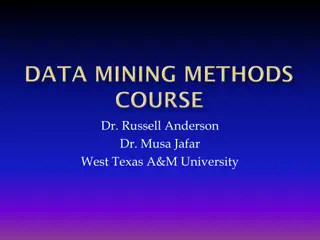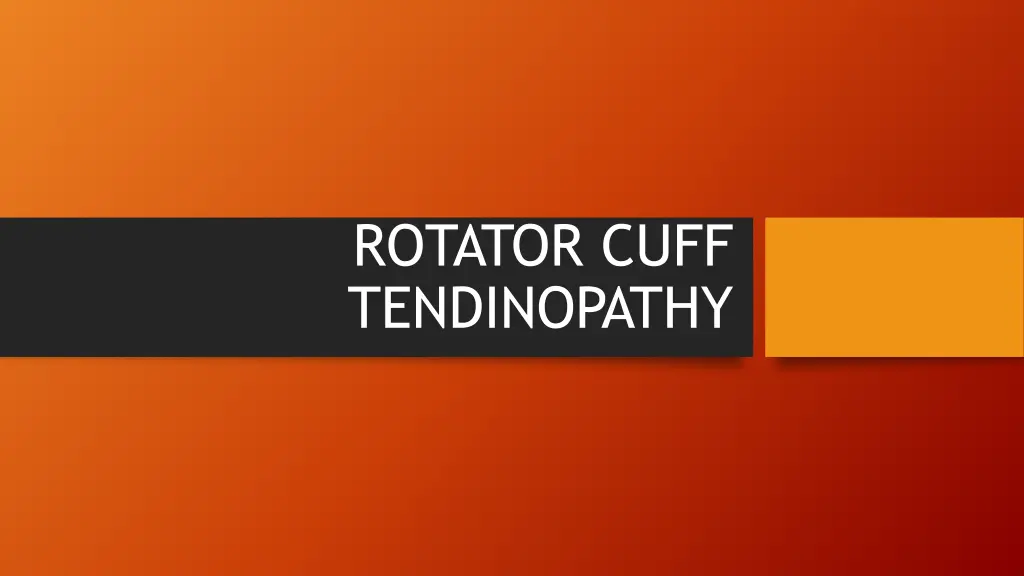
Understanding Rotator Cuff Tendinopathy and Treatment Options
Learn about rotator cuff tendinopathy, including causes, symptoms, diagnosis, and treatment options. Discover the importance of conservative therapy versus surgery, and understand the differential diagnosis for shoulder conditions. Get insights into the mechanism of injury and prevalence of partial tears, along with the subjective and objective findings associated with this condition.
Download Presentation

Please find below an Image/Link to download the presentation.
The content on the website is provided AS IS for your information and personal use only. It may not be sold, licensed, or shared on other websites without obtaining consent from the author. If you encounter any issues during the download, it is possible that the publisher has removed the file from their server.
You are allowed to download the files provided on this website for personal or commercial use, subject to the condition that they are used lawfully. All files are the property of their respective owners.
The content on the website is provided AS IS for your information and personal use only. It may not be sold, licensed, or shared on other websites without obtaining consent from the author.
E N D
Presentation Transcript
ROTATOR CUFF TENDINOPATHY
PREVELANCE Partial rotator cuff tears = involves less than 50% of the muscle Thickness in tears = chronic degeneration Partial tears are usually more painful than full tears. 75,000 rotator cuff surgical repairs in the USA each year unusual for young people to have surgery Chronic tears less likely to heal with surgery compared to acute Chronic tear surgery wide range failure rate 30-94%
MECHANISM OF INJURY Extrinsic causes: acromial shape (prior RC damage can contribute to this), subacromial joint spurs, AC joint spurs (arthritis). Shoulder impingement main cause of RC tendinopathy mechanical compression of external portion of tendon = inflammation and degeneration. Intrinsic causes tendon itself from aging, altered biology, microvascular blood supply, degeneration, tendon overload, overuse, trauma.
SUBJECTIVE HISTORY FINDINGS Reduced shoulder function e.g. pain, weakness, stiffness. Pain at rest Pain at night Painful arc Pain radiating to the lateral mid humerus or anterolateral acromion Pain while lying on the shoulder or sleeping with the arm overhead Pain that occurs when reaching above the head
OBJECTIVE FINDINGS Weak external rotators Weak supraspinatus Signs of impingement = painful overhead reaching, inflamed subdeltoid bursa, positive special tests that provoke symptoms. Pt over 60 with 2 out of 3 signs of impingement = 98% chance of RC tear.
DIFFERENTIAL DIAGNOSIS Shoulder impingement Bicipital tendonitis Frozen shoulder Glenohumeral and acromioclavicular arthritis Partial RC tear Chronic degeneration Full thickness tears
TREATMENT Conservative therapy despite lack of high quality evidence Surgery factors include: pt s functional needs, age, health, size of tear, amount on fatty infiltration into muscle. If young pt has an acute, post traumatic weakness without any RC problems before, then surgery is needed. If the RC tendons are greater than 50% torn - surgery is recommended. Strengthening the scapular stabilizers and RC muscles, addressing flexibility of the posterior shoulder structures, pectoralis minor muscle, the thoracic spine, and activities to reduce pain and disability from RC tendinopathy. Limited evidence in therapeutic exercises and manual therapy treatment.
REFERENCES Factor D, Dale B. Current concepts of rotator cuff tendinopathy. Int J Sports Phys Ther. 2014;9(2):274 288. Killian, M. L., Cavinatto, L., Galatz, L. M., & Thomopoulos, S. (2012). Recent advances in shoulder research. Arthritis research & therapy, 14(3), 214. Shin, K. M. (2011). Partial-thickness rotator cuff tears. The Korean journal of pain, 24(2), 69. Codman, E. A. (1911). Complete rupture of the supraspinatus tendon; operative treatment with report of two successful cases. The Boston Medical and Surgical Journal, 164(20), 708-710. Umer, M., Qadir, I., & Azam, M. (2012). Subacromial impingement syndrome. Orthopedic reviews, 4(2). Yamamoto, N., Muraki, T., Sperling, J. W., Steinmann, S. P., Itoi, E., Cofield, R. H., & An, K. N. (2009). Impingement mechanisms of the Neer and Hawkins signs. Journal of shoulder and elbow surgery, 18(6), 942-947.

